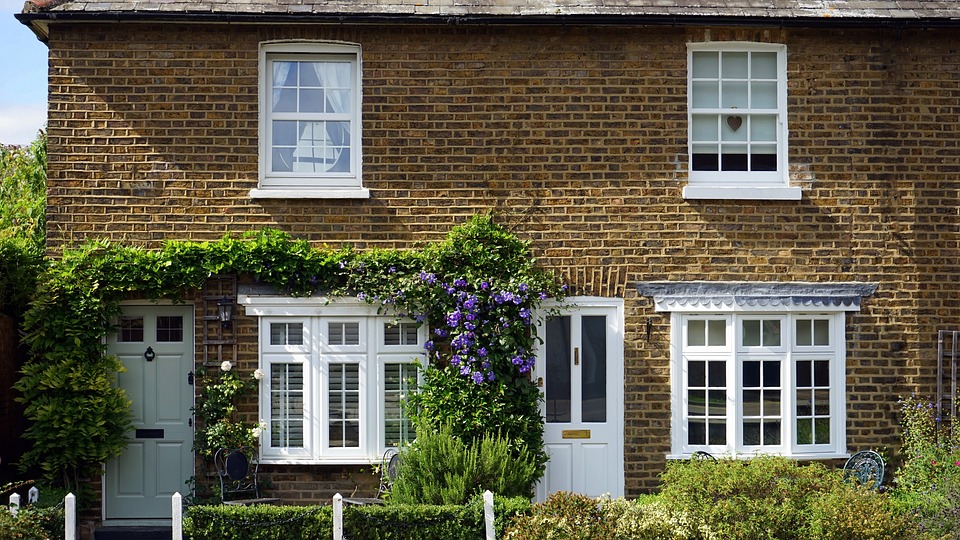Britain’s over-valued housing market will undergo a modest correction if the country leaves the European Union at the end of next month without a deal, a Reuters poll found, with London being affected to a greater degree.
Negotiators are still scrambling to reach agreement, and if they fail then home prices in the capital, which has long been a magnet for foreign investors, will fall 3 percent in the six months after the March 29 split.
Nationally, prices will drop 1 percent, the Feb. 13-20 poll found.
“There will be a palpable shock to the UK economy in terms of GDP, inflation, job creation etc,” said Tony Williams at property consultancy Building Value.
He says prices in the capital would fall 10 percent if there were no deal, the most pessimistic forecast.
“This will spill over dramatically to the residential market, with London bearing the brunt given the international catchment of prospective buyers.”
Since the June 2016 referendum decision to leave the EU, Reuters polls have consistently said a no-deal scenario would knock the economy, equities, housing market and sterling.
However, a dip in the currency – a recent Reuters poll said sterling would fall 5-10 percent if there was no agreement – would make property cheaper for foreign investors, likely offsetting some of the uncertainty.
If an agreement is reached, and most economists think it will be, house prices will rise 1.5 percent nationally and 0.5 in London in the six months after.
The wider poll of 25 market watchers said national home prices would rise 1.5 percent this year and 1.8 percent in 2020, both weaker than forecast three months ago. In 2021 they are expected to increase 2.3 percent.
In London prices are predicted to fall 2.0 percent this year, much sharper than in the last poll, and then rise 0.5 percent and 2.5 percent in the following two years.
“Prices have clearly come off the boil of late but on the assumption that the UK does not leave the EU without a deal, there is scope for the resumption of a modest upward trend,” said Peter Dixon at Commerzbank.
OVERVALUED
With uncertainty still surrounding the Brexit outcome, nine of 16 respondents said they think turnover in London homes will fall this year while only two expected a rise. Nationally, 10 said turnover would stay the same, six said fall and two said rise.
“Sales levels will likely stay the same in 2019 as 2018 across the UK although this will vary across the regions,” said Leslie Schroeder at property consultancy Carter Jonas.
“We expect that London and the South East will see a slight fall in overall levels compared with 2018, again as affordability weighs heavily on the ability for average UK earners to move and buy houses.”
When asked to describe the level of London house prices on a scale of 1 to 10 from extremely cheap to extremely expensive, the median response was 8. Nationally they were rated 7, where it has been for a few years.
Those high ratings are unsurprising as the annual average British salary is around 30,000 pounds but the average asking price for a home in Britain was 300,715 pounds this month and more than double that in London, property website Rightmove said.
So although borrowing costs are currently very low and not expected to rise much in the coming years, prospective buyers trying to get on the property ladder will struggle as prices continue to rise, despite them increasing more slowly this year and next than wages and general inflation are predicted to.
“The fundamentals of the UK housing market remain as they are: lack of supply; a growing population; cheap money – a Brexit of any flavour will not dent those fundamentals,” said Russell Quirk at online estate agent eMoov.
Source: UK Reuters






